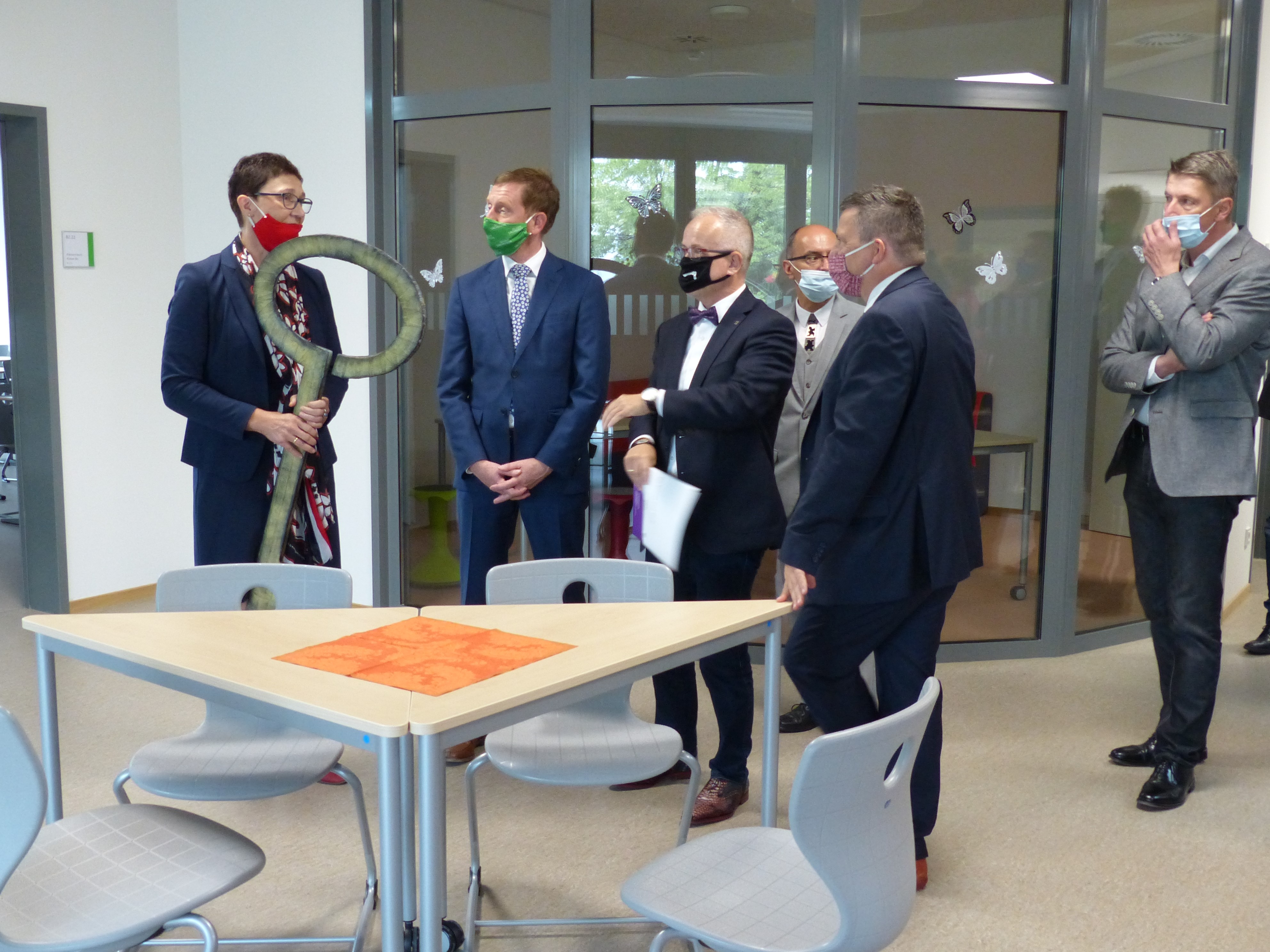The Fine Arts Professorship: A Focus On Spatial Relationships And Design

Table of Contents
Understanding Spatial Relationships in Artistic Practice
The Importance of Composition and Perspective
Understanding perspective and composition is paramount in artistic creation. A strong grasp of these concepts allows artists to create visually compelling and emotionally resonant works.
- Linear perspective: Creates depth by using converging lines to simulate three-dimensional space on a two-dimensional surface. Mastering linear perspective is crucial for realistic representations.
- Atmospheric perspective: Creates depth by subtly altering color and value, making distant objects appear less distinct. This technique mimics the effects of the atmosphere on our perception of distance.
- Compositional techniques: The arrangement of elements within a artwork; skillful composition guides the viewer's eye, creating visual harmony and emphasis. Techniques like the rule of thirds and leading lines are essential tools.
- Visual hierarchy: Creating a clear visual order, directing the viewer's attention to the most important elements within the artwork.
Detail: Consider Leonardo da Vinci's The Last Supper. Da Vinci masterfully uses linear perspective, with the converging lines directing the viewer's gaze towards Christ, creating a powerful focal point and enhancing the emotional impact of the scene. His understanding of perspective drawing and compositional techniques is evident in the meticulous arrangement of figures and the creation of depth.
Spatial Dynamics and the Viewer's Experience
Artists manipulate space to evoke specific emotional responses. The interplay of positive and negative space, scale, and proportion profoundly impacts the viewer's interpretation.
- Positive space: The areas within an artwork that are filled with visual elements.
- Negative space: The empty areas surrounding the positive space; these spaces are equally important in creating visual balance and tension.
- Viewer engagement: Successful manipulation of space actively involves the viewer, drawing them into the artwork and encouraging interaction.
- Spatial dynamics: The active manipulation of space to create a sense of movement, depth, and energy within the artwork.
Detail: The use of scale and proportion is crucial in establishing spatial relationships. For example, a disproportionately large figure within a landscape can create a sense of power or awe, while smaller figures can emphasize vastness or isolation.
Incorporating Design Principles into Fine Arts Teaching
Teaching Design Elements and Principles
Effective art education requires a structured approach to teaching the fundamental design elements and principles.
- Design elements: Line, shape, form, color, texture, value, and space are the building blocks of visual art. These elements must be understood individually and in relation to one another.
- Design principles: Balance, emphasis, contrast, rhythm, movement, pattern, and unity/variety guide the arrangement and combination of design elements.
- Pedagogical approaches: Effective teaching methods include hands-on activities, critiques, demonstrations, and individual feedback.
- Art education: A multifaceted field focused on developing students' creativity, critical thinking, and technical skills.
Detail: A practical exercise might involve students creating compositions focusing solely on the interaction between positive and negative space, exploring how the absence of elements can be as impactful as their presence.
Cultivating Spatial Reasoning in Students
Fostering students' spatial reasoning skills is crucial for their artistic development.
- Spatial reasoning: The ability to mentally manipulate objects in three-dimensional space. This skill is vital for artists working in various media.
- Problem-solving: Working with spatial relationships encourages creative problem-solving and the exploration of different solutions.
- Critical thinking: Analyzing and interpreting spatial relationships cultivates critical thinking and strengthens analytical skills.
- Art studio practice: Hands-on projects are essential for developing practical skills and understanding of spatial dynamics.
Detail: Assessment methods should include both practical exercises (e.g., creating three-dimensional models) and written assignments that require students to analyze and interpret spatial relationships in existing artworks.
The Role of Technology in Spatial Design Education
Utilizing Digital Tools for Spatial Exploration
Technology has revolutionized the way artists work and learn, offering new tools for spatial exploration.
- Digital art: Software and applications allow for experimentation with 2D and 3D art forms.
- 3D modeling: Software like Blender, Maya, or Cinema 4D enables students to create and manipulate three-dimensional models, enhancing their spatial understanding.
- Virtual reality (VR): VR technologies provide immersive experiences, allowing students to explore virtual environments and interact with three-dimensional art.
- Augmented reality (AR): AR overlays digital information onto the real world, offering opportunities for interactive art experiences.
- Technological integration: Successful integration requires careful planning, training, and access to suitable technology.
Detail: Students can use 3D modeling software to design and render virtual sculptures, exploring different forms and spatial compositions that would be challenging to achieve with traditional sculpting techniques.
Integrating Emerging Technologies into the Curriculum
Staying abreast of emerging technologies is vital for Fine Arts educators.
- Emerging technologies: New technologies constantly emerge, offering new possibilities for artistic creation and expression.
- Digital literacy: Educators must be digitally literate to effectively guide students in using these tools.
- Intellectual property: Ethical considerations regarding the use and ownership of digital art must be addressed.
- Ethical considerations: Issues of accessibility, bias, and the environmental impact of technology need careful consideration.
Detail: Regular professional development and engagement with industry experts will keep instructors updated on the latest technologies and their pedagogical applications.
Conclusion
The Fine Arts Professorship demands a comprehensive understanding of art history, technique, and the crucial role of spatial relationships and design. By mastering these principles and effectively incorporating them into teaching methodologies, professors can cultivate a new generation of artists capable of creating compelling and impactful works. A deep understanding of both traditional and emerging technologies is also essential for success in this dynamic field. If you are passionate about art, design, and education, consider pursuing a Fine Arts Professorship and shaping the future of artistic expression. Explore further opportunities in the exciting field of Fine Arts Professorships and discover the impact you can make.

Featured Posts
-
 Prediksi Pertandingan Ac Milan Vs Atalanta Head To Head Susunan Pemain And Analisis
May 13, 2025
Prediksi Pertandingan Ac Milan Vs Atalanta Head To Head Susunan Pemain And Analisis
May 13, 2025 -
 50 Cent And Tory Lanez On Megan Thee Stallions Guilty Verdict Their Responses
May 13, 2025
50 Cent And Tory Lanez On Megan Thee Stallions Guilty Verdict Their Responses
May 13, 2025 -
 Angel Has Fallen Comparing It To The Previous Films In The Series
May 13, 2025
Angel Has Fallen Comparing It To The Previous Films In The Series
May 13, 2025 -
 Braunschweig Amokalarm An Der Neuen Oberschule Schueler Und Lehrer In Sicherheit
May 13, 2025
Braunschweig Amokalarm An Der Neuen Oberschule Schueler Und Lehrer In Sicherheit
May 13, 2025 -
 I Skarlet Gioxanson Apoxaireta Tin Black Widow
May 13, 2025
I Skarlet Gioxanson Apoxaireta Tin Black Widow
May 13, 2025
